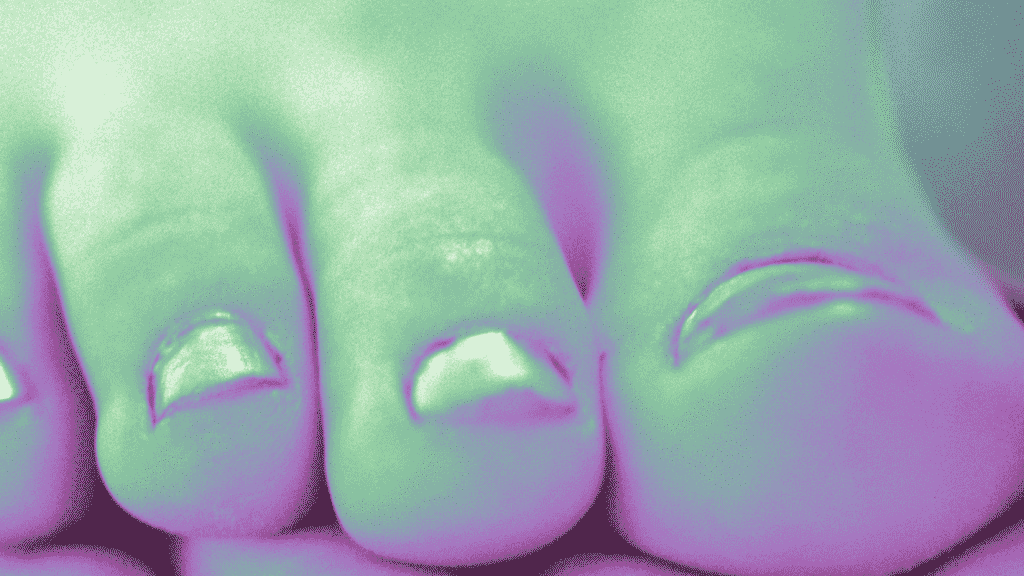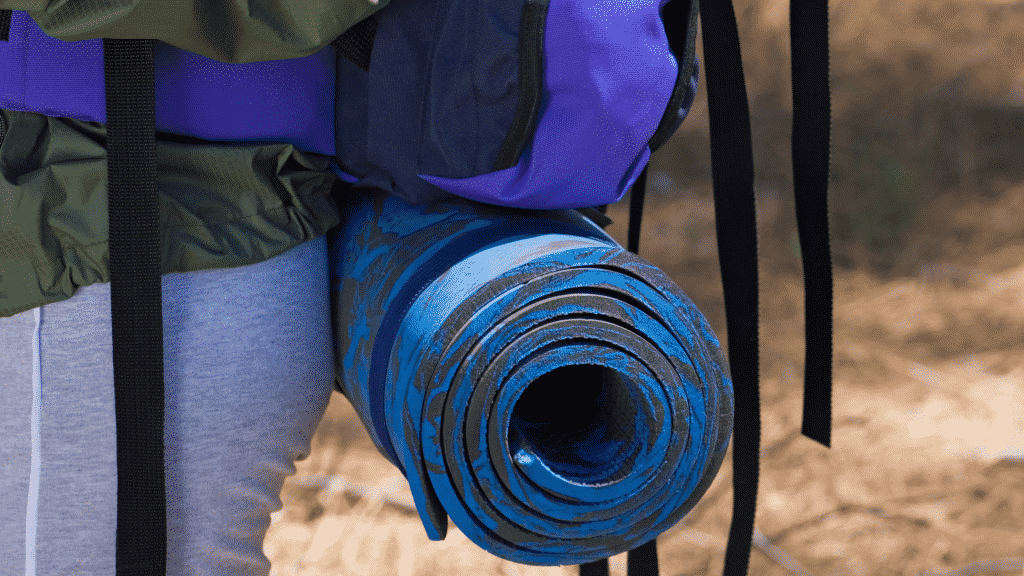When we think about hiking injuries there are a few things that come to mind. Sore knees, achy back, sprained ankles, maybe a little bit of hip pain. Sore toes are the last thing that pops and gives most of our minds.
It doesn’t matter how experienced of a hiker you are, you can quickly start to develop a toe problem.
Sore Toes From Hiking
How do you prevent sore and swollen toes? Doesn’t matter if it’s caused by blisters, sore toenails or just general information it can all be avoided. Follow these tips to keep your toes feeling like new again.
Why Are My Toes Sore After a Hike?
What’s your experience level? Naturally beginners are going to have a little bit of inflammation after a long hike. It’s just their body’s way of protecting itself after a long grueling hike.
Until you get a few miles under your belt you’ll just have to deal with a little bit of swelling. Just pop a few advil and make sure you apply heat and ice at the end of a long day.(don’t ignore blisters and toe nail problems)
Experienced hikers on the other hand shouldn’t have to deal with much toe pain. If you’ve still got swollen toes after a few weeks of hiking experience you probably have a problem with your hiking shoes.
Check Your Insoles
Shoes that get a lot of miles will likely need to have their insoles replaced. Insoles wear out and most of us are too cheap/lazy to buy new ones. If shoes that have been comfortable for years are just now starting to cause problems do yourself a favor and buy some new insoles.
I’ve used the standard
Most Common Causes of Toe Pain
Remember I’m not a doctor so none of this is actual medical advice. I’ve just had to deal with a lot of pain throughout the years and want to help you avoid it.
- Hikers Toenail: If you’re planning a hike with a lot of elevation you really need to look into hikers toenail. It’s caused by excessive pressure on the tips of your feet when descending downhill. You can easily prevent it by learning how to properly tie your laces.
- Ingrown Toenail: Most of the time ingrown toenails are caused by improperly fitted hiking boots. Make sure your shoes aren’t too large or small for your feet and you properly tighten your laces. Otherwise tips of your toes will grind into the front of your shoes as you walk and cause ingrown toenails.
- Swelling(Inflammation): There are a lot of different causes for general swelling and inflammation. Common causes are excess sodium, poorly fitted boots, poor physical fitness and generally pushing your body past its natural limits.
- Blisters: Most blisters can be prevented by changing up your socks and boots.
- Calluses: Calluses are just something you’re probably going to have to deal with. They are caused by excessive rubbing and skin build up.
Preventing and Treating Hikers Toenail

Have you ever had a black toenail after a long hike? Well you probably have a nasty case of hikers toenail. It’s caused by thousands and thousands of footsteps you do each day on extended hikes. Your toes are constantly grinding into the front of your boots causing bruising.
Treating Black Toenails While Hiking
It’s going to be hard to actually cure your black toenail after it’s already been bruised. Treating the problem before it happens is the only way to prevent it. Simple as switching up your shoelace tying technique when hiking downhill.
Don’t worry your black toenails will eventually fall off, but in the short-term you want to switch up to a overhand lacing technique. It might take a few weeks for the black bruising to go away, but you’ll be back wearing noodles in no time.
If you’re on the trail and get a swollen black toe just try to drain out a little bit of the blood underneath to release a little bit of pressure. Just make sure you sterilize a needle with rubbing alcohol and work your way around the toenail. Apply a little bit of pressure draining the fluid and apply some antibiotic ointment.
Are Your Toenails Black or Yellow?
Black toes are a sign of bruising caused by repeated trauma over a long hike. Your toes are constantly bumping up against the front of your toes causing bruising. After your toenail falls off the black should go away.
Yellow cracked looking toenails are the most obvious sign of a fungal infection.
Serious sanitation can work, but once you have a fungus it’s nearly impossible to kill.
Other Helpful Tips
- Regularly cut your toenails
- Buy larger hiking shoes
- Get some new Orthopedic insoles.
- Swelling is Actually Common
How Common is Toe Swelling?
It’s actually pretty normal to have a little bit of swelling after a long hike. Slightly swollen fingers, toes and ankles are perfectly fine. You can’t really prevent even swelling throughout your entire foot. One or two swollen toes on the other hand signifies a problem.
What’s Causing The Swelling?
Whatever you do don’t completely ignore the problem. I know it’s only a toe, but delaying treatment will just compound your problems.
- Do you
feel uneven pressure in the front of your boot? - Could your shoes have gotten wet?
- Have you changed up your socks recently?
- Do you know how to properly tie hiking boots?
- How recently did you cut your
toenails and could there be something stuck in the tip of your boot? - Could you possibly have gotten something stuck in the bottom of your toe or cut your self on something?
Preventing and Treating Toe Blisters
Blisters are caused by the inevitable heat, friction
Where’s The Blister?
- Top of Toe: Blisters on the top of your toes are almost always caused by cheap socks. Buy some thick hiking socks that are designed to prevent friction. On longer
hikes I’ve switched over to these Armaskin Anti-Blister socks, but they’re pretty expensive. Darn Tough Hiking Socks are another great option at a fraction of the price. - Between Toes: Again this is probably a sock problem, but it’s normally caused by excess sweating. Try changing up your socks for something that’s a little more breathable.
Side of Toes: Caused by improperly fitting hiking boots. There’s just too much pressure on the sides of your foot causing excess friction. In the short-term apply some Moleskin to the side of your foot and change up your lacing pattern. If that doesn’t work you’ll need to increase your shoes half a size.
Generally Sore Toes
Sometimes your toes just hurt with no obvious signs of the cause. It’s important that you figure out if they’re actually in pain or just generally sore.
Toes that just feel tender and tight aren’t that big of a deal. Most of the time they just need to be worked. Just like the first time you went to the gym you’ll have a little bit of “delayed onset muscle soreness”.
When there’s a sharp pain in your toes you have a more serious problem. This could mean you have orthopedic problems or just general inflammation in your joints.
Try to Carry Less Weight

Do you really need to carry a 40lb pack on a short day hike? If your feet and toes are hurting at the end of the long day you’re probably carrying extra weight.
- Carry Less Gear: Throughout years of hiking and
accumulation we all start to become hoarders. Does everybody in your group really need to carry their own group water filter and first aid kit? You could probably shed a few pounds by going with an ultralight camping stove. Check out the MSR Pocket Rocket it only weighs 2.6 oz. - Lose Some Weight: Be
hones with yourself could you realistically shed a few pounds? Unless you’re rail thin with a visible 6 pack you could probably drop 10-20 lbs. You’d be surprised at how much of a difference this little bit of weight loss will make. - Change Up Your Boots: If you’re already close to your ideal weight and you can’t shed some gear you’ll have to buy better boots. Try to find boots that offer excellent ankle support and cushioning. You’d be surprised how much of a difference spending an extra $40 on hiking boots will make.

